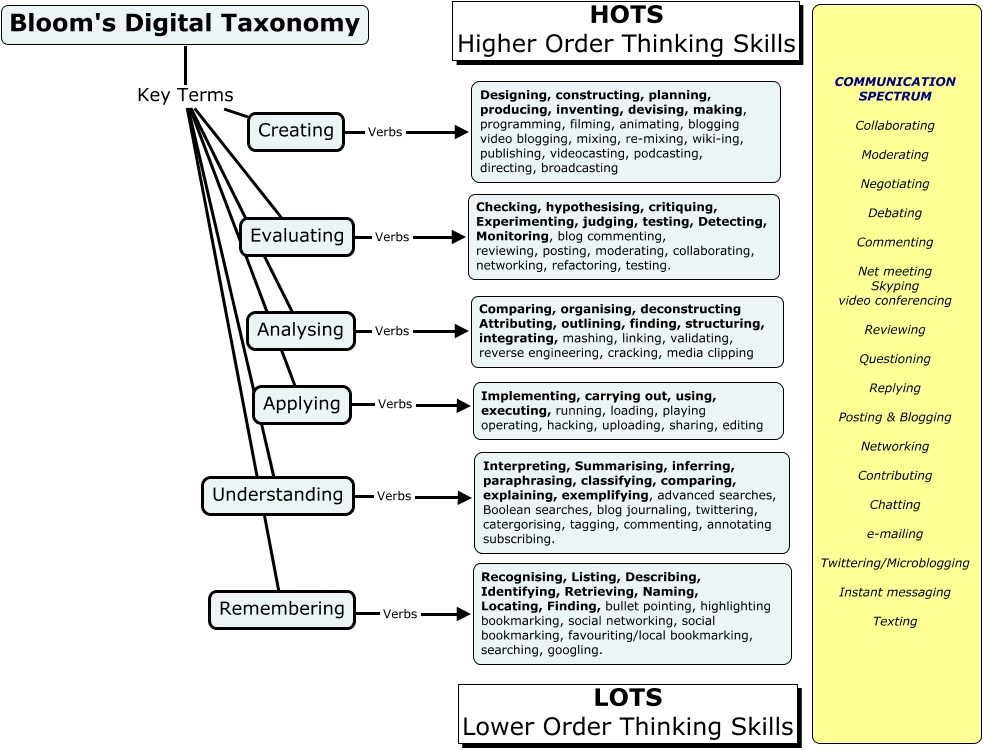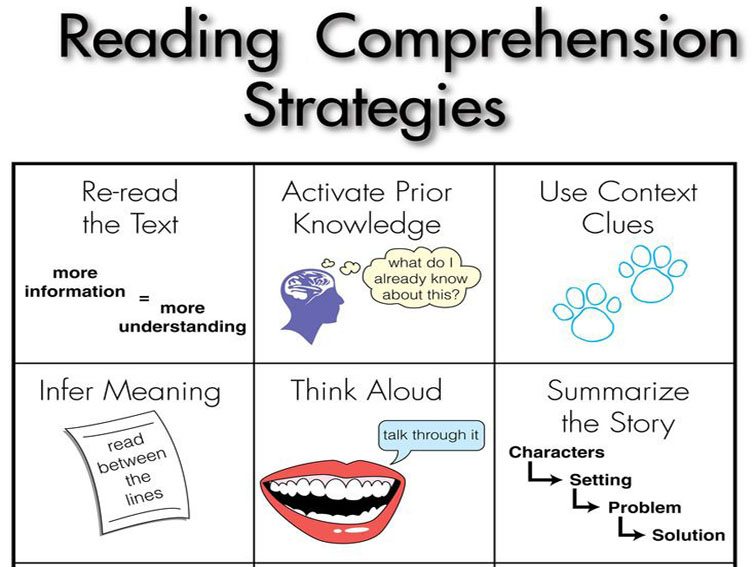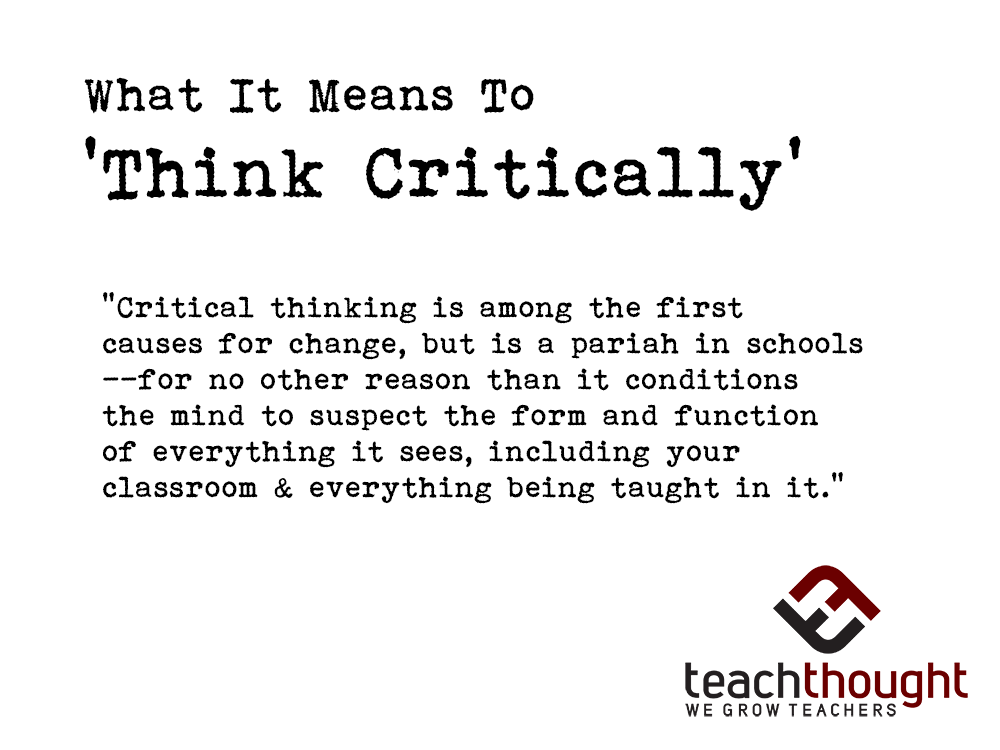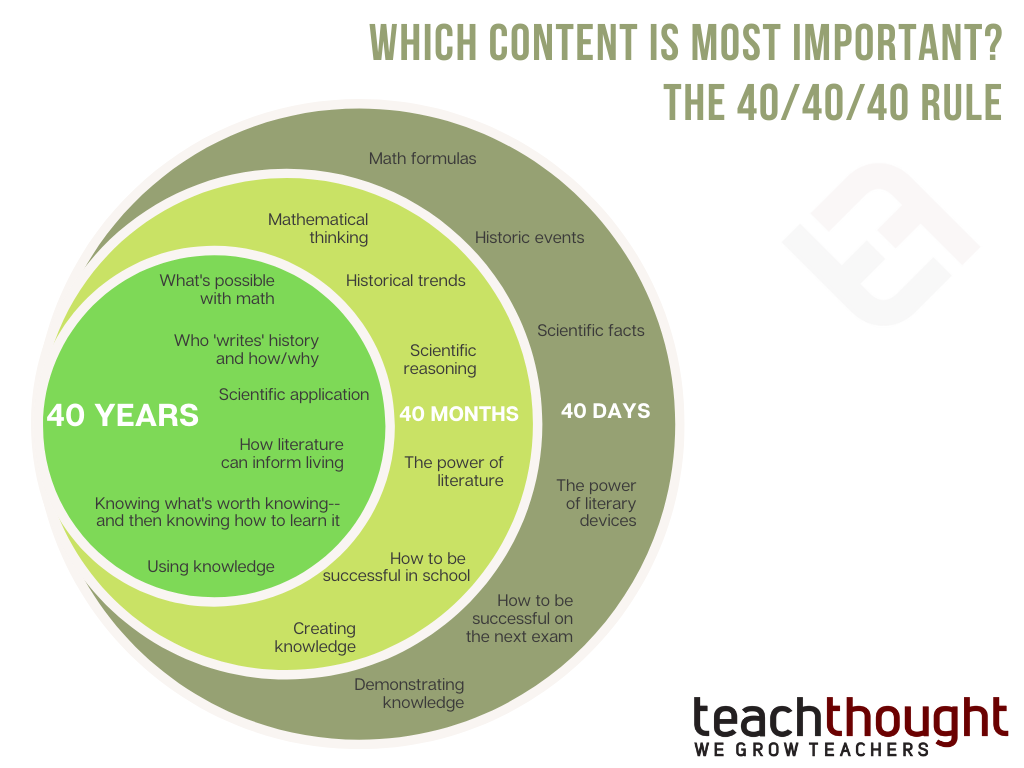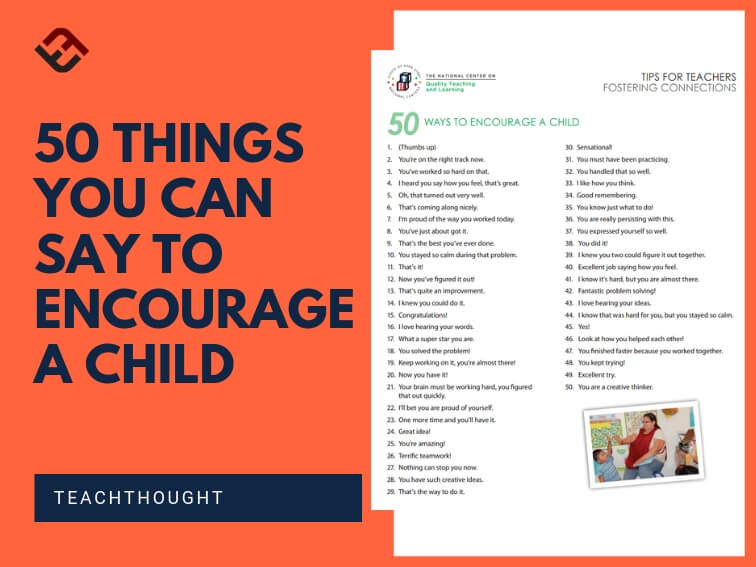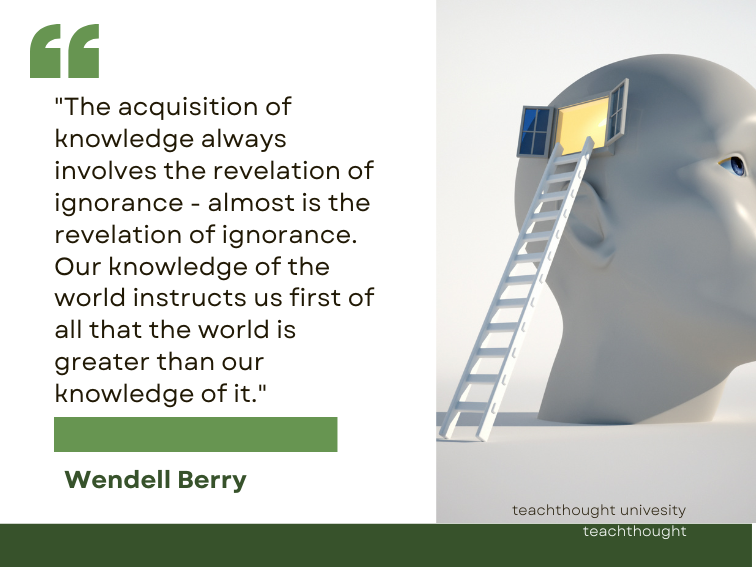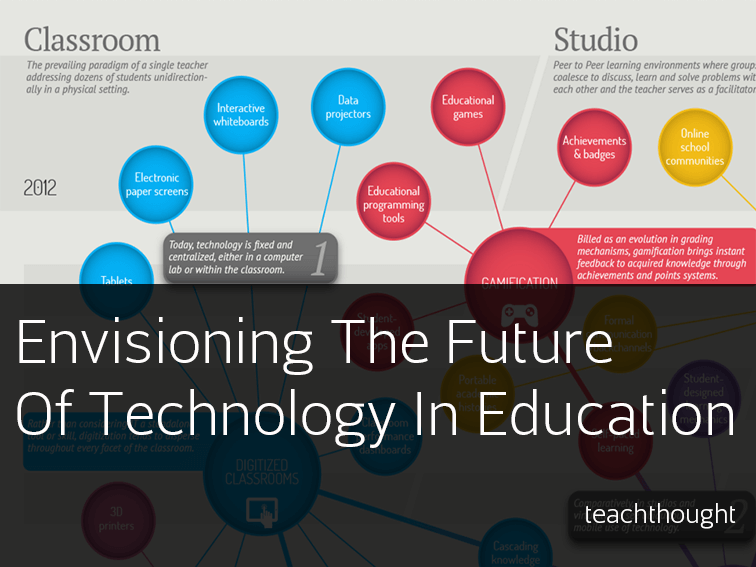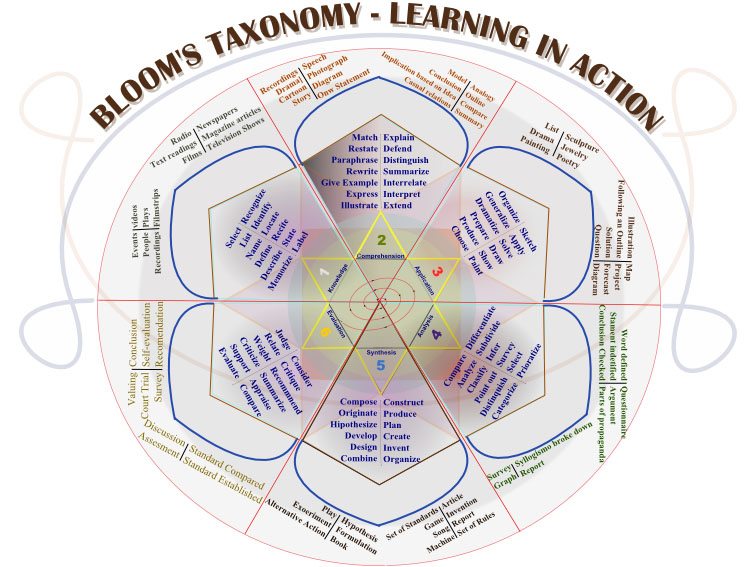Tag: Trending
A Bloom’s Digital Taxonomy For Evaluating Digital Tasks
This Bloom’s Digital Taxonomy helps teachers evaluate and design digital tasks like ChatGPT use, blogging, podcasting, and more.
25 Reading Strategies That Work In Every Content Area
Reading strategies useful in every content area include Questioning the text, Visualization, and using Context Clues to infer meaning.
What Does ‘Critical Thinking’ Mean?
Critical thinking is the suspension of judgment while identifying biases and underlying assumptions in order to draw accurate conclusions.
Which Content Is Most Important? The 40/40/40 Rule
The 40/40/40 rule: What’s important that students understand for the next 40 days, for the next 40 months, for the next 40…
50 Things You Can Say To Encourage A Child
There are many ways to encourage a child but persistent, well-timed, positive messages are among the most powerful.
Improving The Relationship Between Schools And Communities
If schools serve students and students are deeply embedded in the fabric of communities, how can we serve those students without knowing…
What Is The Future Of Classroom Technology?
In this particular future of classroom technology, there are three distinct domains/learning spaces: Classroom, Studio, and Virtual.
Resources For Teaching With Bloom’s Taxonomy
In this list, we’ve collected posters, apps, definitions, apps, tools, videos and strategies and more to help teachers use Bloom’s Taxonomy.
